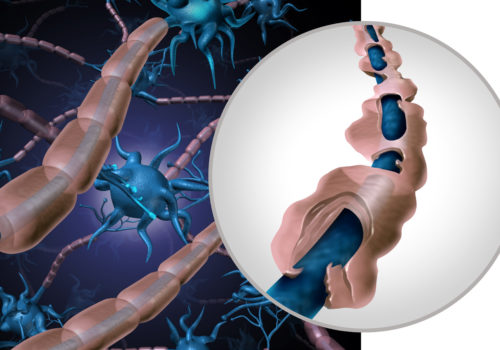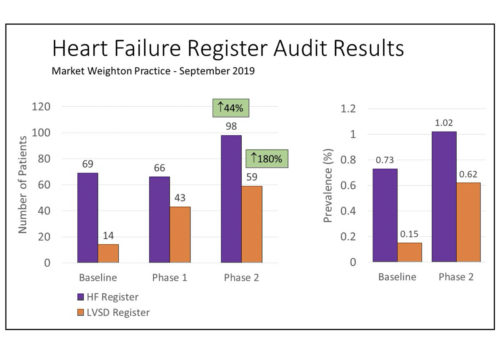 Tredaptive (nicotinic acid/laropiprant) has been launched as a new treatment option for dyslipidaemia. It is indicated for patients with combined mixed dyslipidaemia or primary hypercholesterolaemia, and should be used in combination with a statin when the cholesterol-lowering effect of statin monotherapy is inadequate, or as monotherapy when statins are considered inappropriate or not tolerated.
Tredaptive (nicotinic acid/laropiprant) has been launched as a new treatment option for dyslipidaemia. It is indicated for patients with combined mixed dyslipidaemia or primary hypercholesterolaemia, and should be used in combination with a statin when the cholesterol-lowering effect of statin monotherapy is inadequate, or as monotherapy when statins are considered inappropriate or not tolerated.
An efficacy study showed that treatment with the drug, with or without a statin, lowered LDL-C levels by 18% and triglycerides by 26% and raised HDL-C levels by 20% (placebo-adjusted) for a 24-week period. “Many patients do not achieve sufficient LDL cholesterol lowering on a statin alone and a significant CVD residual risk remains in some patients,” commented Dr Marc Evans, Consultant Diabetologist, Llandough. “Furthermore, low HDL-C and high triglyceride levels also contribute to cardiovascular risk and are particularly prevalent in certain patient groups, such as those with diabetes and people of South Asian origin,” he added.
Dr Evans considered that a new treatment option that can address the wider lipid profile is welcome, and will be particularly useful for secondary prevention patients and those patients with dyslipidaemia at ‘high risk’. Nicotinic acid has been widely recognised as an effective lipid-modifying therapy for over 50 years, but its use has been limited due to a flushing sideeffect. The laropiprant component in Tredaptive is an anti-flushing agent. Treatment with Tredaptive is associated with significantly lower percentages of patients with moderate or greater flushing than extended-release nicotinic acid, and any flushing that does occur subsides over time, according to trials. This reduction in flushing has led to patients on Tredaptive being less likely to discontinue treatment due to flushing compared to those on extended-release nicotinic acid (10.2% vs 22.2%, respectively; p <0.001).
Tredaptive contains 1,000 mg of nicotinic acid and 20 mg of laropiprant in each tablet. The starting dose is one tablet once a day. After four weeks, it is recommended that patients be advanced to the maintenance dose of 2,000 mg/ 40 mg taken as two tablets once daily.























